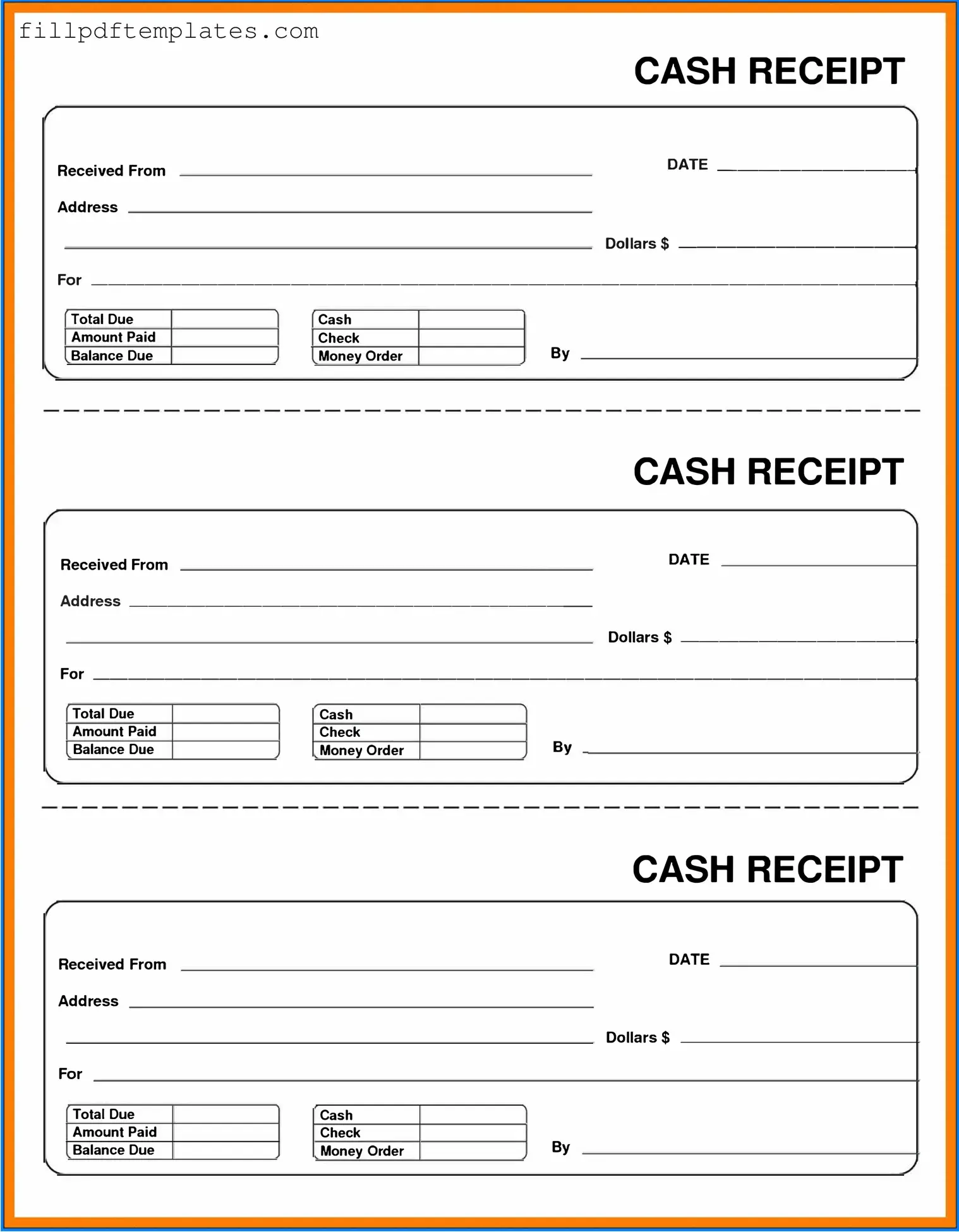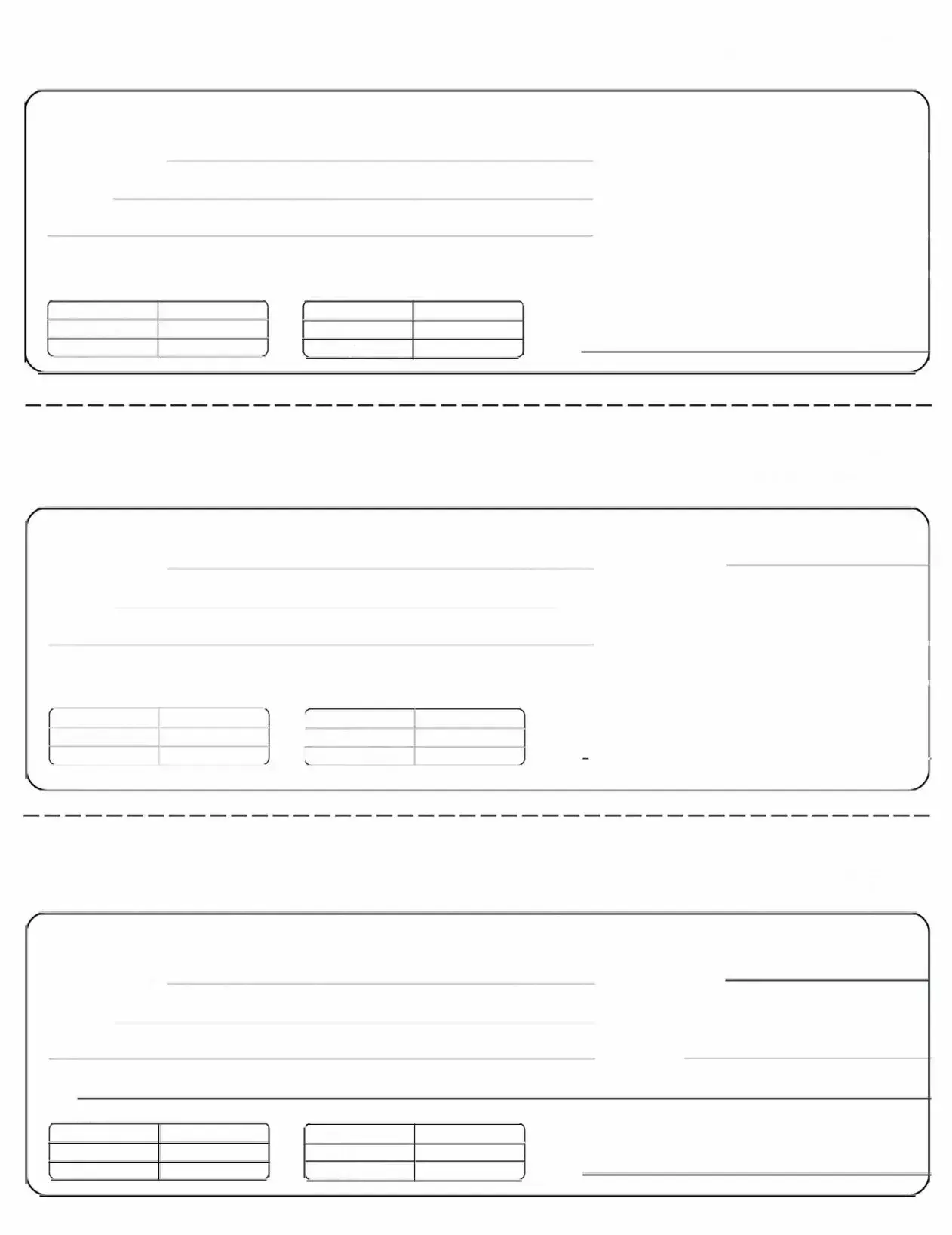The Cash Receipt form is a vital document in the financial management of any business or organization. It serves as proof of payment received, ensuring transparency and accountability in transactions. Typically, this form includes essential details such as the date of the transaction, the name of the payer, the amount received, and the method of payment, whether cash, check, or electronic transfer. Additionally, it may provide space for a description of the goods or services rendered, helping to clarify the purpose of the payment. By maintaining accurate records through the Cash Receipt form, businesses can track their income effectively, manage their finances better, and prepare for audits with ease. This form not only aids in internal record-keeping but also serves as an important document for tax purposes and financial reporting. Overall, the Cash Receipt form is an indispensable tool for ensuring that all financial transactions are documented and verified, promoting good financial practices within any organization.

